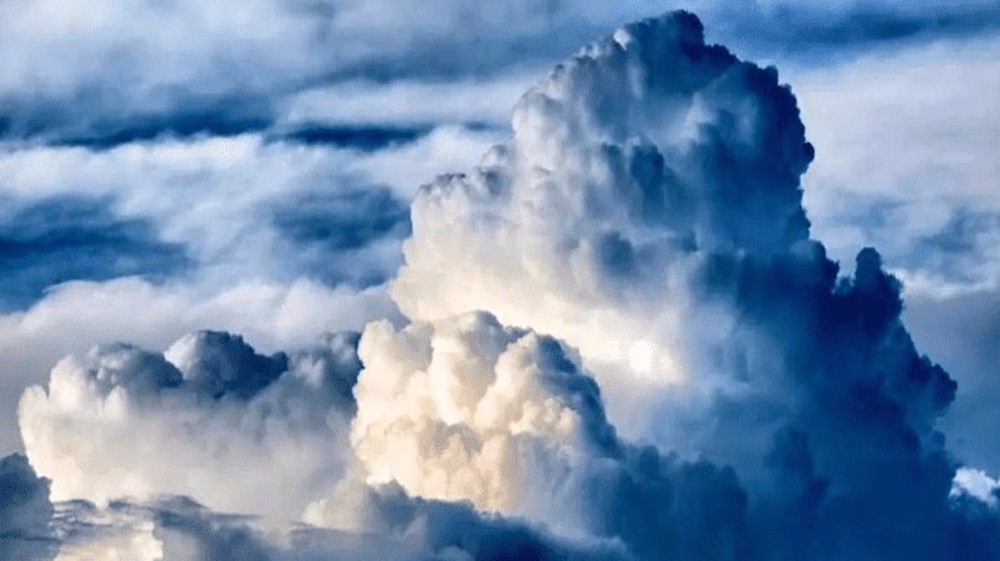Role of oil terminals in Iran’s plan to become energy hub
Under its neighborhood policy, Iran seeks to become the energy hub of the region, where the strategic capacities of its oil terminals have created a unique opportunity for bringing neighbors closer and firing up economic growth and development.
The policy was highlighted during a recent tour of the country’s oil terminals in the north and the south, including the strategic Kharg island, by top officials such as Yahya Rahim Safavi, a senior advisor to the Leader of the Islamic Revolution.
For the past hundred years, fossil fuels have been the main sources of energy for most countries. Forecasts show that despite the development of renewable energies, fossil fuels, especially gas, will continue to play a serious role in providing countries with energy in the coming decades.
Oil and gas are the main sources of raw materials because they are the least expensive and most readily available. Only about five percent of the yearly oil and gas is needed to make all petrochemical products.
Iran, as one of the largest holders of oil and gas resources in the world, has been exporting energy, especially crude oil, for the past century and has built much of its economic and political strength by exploiting its hydrocarbon assets.
However, the evolving geopolitical and geoeconomic landscape, especially in the energy environment, over the past two decades requires the country to review and adjust its policy, where converting into a regional energy hub is being billed as a key strategy.
The imperative for this change lies in the waning importance of oil and the rise in the share of gas in the world's energy basket. For decades, Iran has relied on oil exports not only for revenues but also for projecting its political and security balance of power in the world.
However, with the European oil demand declining and the tide of US shale oil taking the continent by storm amid sanctions on certain producers, West Asian countries including Iran are gradually losing their leverage.
Meanwhile, the war between Russia and Ukraine has fast-tracked energy transition. It has accelerated the weakening of globalization and strengthened regionalism where countries seek to establish regional supply chains.
The interruption of energy relations between Russia and the West has forced Moscow to seriously scout new destinations, including Southwest Asia, for its energy exports, while Europe seeks to meet its energy needs through countries other than Russia.
With hindsight, various sides are jockeying for position in this evolving political and economic ecosystem.
Turkey, for example, is striving to take on the role of a major energy player by taking advantage of the convoluted crisis between Russia and the West. Russia has proposed setting up a gas hub in Turkey to replace lost sales to Europe, playing into Ankara's long-held desire to function as an exchange for energy-starved countries.
The turn of events offers both an opportunity to enhance Iran’s economic and geostrategic position and the risk of weakening its role in the new energy equations depending what strategy it takes.
One important aspect of the proposed energy hub strategy is the use of Iran's geographical location. Iran's place between the countries with large gas and oil reserves and large energy markets in the east and west is a special advantage to turn into a regional energy hub.
This strategy would create political, economic and security entanglements with neighboring countries and forge interdependence among them, reducing susceptibility to sanctions. The US inability to prevent Turkey and Iraq from importing Iranian gas in recent years is the best example.
To become the regional energy hub, Iran has oil, natural gas, petroleum products, and electricity. The country also has enormous storage facilities and export infrastructure in its oil terminals.
The Kharg Oil Terminal is the country’s largest and a key point in connecting with international markets, from which more than 90 percent of Iran's crude oil is exported.
With its strategic infrastructure, including subsea pipelines, storage tanks, and export docks, Kharg is one of the world's largest and most advanced seaports for exporting crude oil. Among the unique features of Kharg Island is its appropriate water depth and seabed where the largest tankers in the world are able to safely dock.
Iran is also building a new oil exports terminal on the Sea of Oman which cuts travel time by five days, sharply reducing transportation expenses.
The $2 billion Jask terminal allows Iran to bypass the Strait of Hormuz, lending it a major geopolitical privilege by bringing Iranian oil closer to the market.
In its north, Iran’s oil terminal has a capacity to handle 200,000 barrels of oil per day. Located on the Caspian Sea, the terminal is particularly important for oil swaps and gas condensate exports. Moreover, it can contribute to oil exports from other terminals such as Kharg and Jask.
Russia expected to conclude an oil and gas swap agreement with Iran by the end of 2022. The Islamic Republic can target the swap of 300,000 barrels of crude oil or petroleum products from Caspian littoral countries, especially Russia and Kazakhstan.
Overall, oil continues to be a crucial revenue source for Iran’s economy and this dependence has made the country's oil terminals strategic assets.
Oil terminals are not only crucial to economic stability by providing the country with revenues, but also play an irreplaceable role in maintaining and enhancing Iran's position in the global energy market.
VIDEO | Press TV's news headlines
Iran offering aircraft maintenance services to Venezuela: Aviation chief
Israel’s killing of Hamas commander ‘gross violation of Gaza ceasefire’: Ansarullah
Australian PM rejects Netanyahu’s attempt to tie Sydney attack to Palestinian statehood
Iran, Belarus sign key agreements to boost cooperation, counter Western sanctions
Palestinian journalist recounts unsettling details of abuse in Israeli jails
VIDEO | Sydney attack: A pretext for Netanyahu to justify a new war?
Iran’s top general hails major improvements in air defense systems











 This makes it easy to access the Press TV website
This makes it easy to access the Press TV website